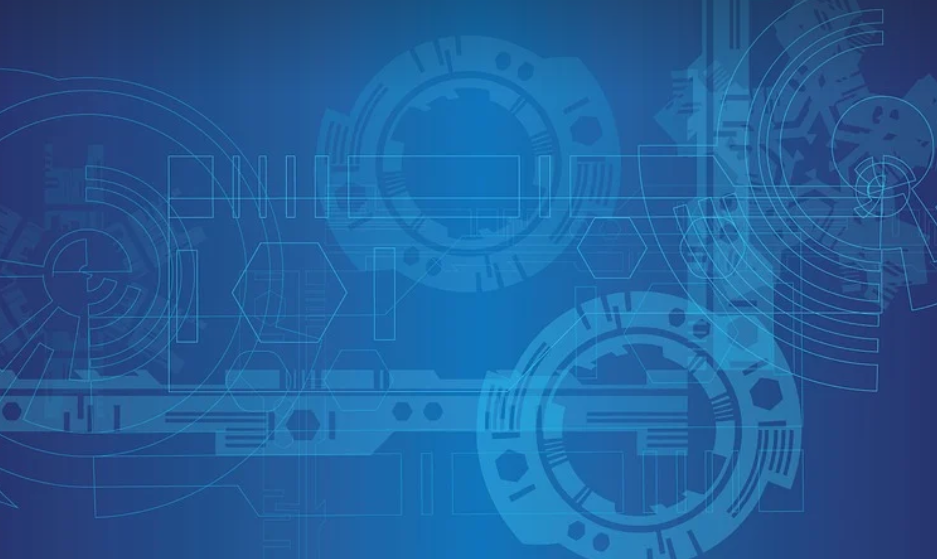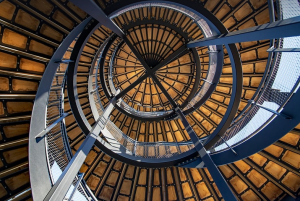
Unmasking the Mysteries of Modern Science: A Closer Look at the Scientific Process
Science, a field brimming with wonder and exploration, often feels like a mystical realm reserved for geniuses in lab coats. But the truth is far more relatable – it’s about curious minds pushing boundaries, asking questions, and seeking answers. And the journey of scientific discovery isn’t just confined to laboratories; it’s an intricate dance between observation, experimentation, and analysis that unfolds across various disciplines.
Let’s delve into the fascinating world of scientific inquiry and discover what exactly scientists do. It all starts with a spark – a question, a nagging curiosity, or a perplexing phenomenon that invites exploration. The scientist, armed with their keen intellect, sets out to unravel this mystery, navigating through a complex labyrinth of knowledge and logic.
**Observation: The Foundation of Scientific Inquiry**
At the heart of scientific inquiry lies observation – the act of paying meticulous attention to the world around us. Scientists meticulously observe their surroundings, documenting everything they notice. From tiny microorganisms thriving on a pond’s surface to the intricate dance of migratory birds across the sky, observations form the bedrock upon which scientific knowledge is built.
Imagine a budding biologist in a lush rainforest, carefully taking notes on the vibrant colors of the orchids blooming amidst the leaves. She meticulously records their shapes and sizes, noting any unusual patterns or adaptations, capturing this information like a puzzle piece in her grander picture of life’s diversity.
These initial observations lay the groundwork for formulating hypotheses – educated guesses about the underlying mechanisms governing the phenomenon being observed.
**Formulating Hypotheses: The Spark That Ignites Further Exploration**
A hypothesis is like a detective’s hunch, an assumption that seeks to explain the observations. It is not just any random guess; it needs to be based on existing knowledge and be testable. The scientist then designs experiments to test this hypothesis – essentially setting up controlled conditions to observe whether their pre-conceived notion holds true.
Imagine a chemist looking at the chemical composition of different types of water, formulating a hypothesis that certain minerals in the water might affect its boiling point. They meticulously design an experiment, preparing purified water samples with known amounts of specific minerals and then measuring their boiling points to determine if their hypothesis holds true.
**Experimentation: The Backbone of Scientific Inquiry**
The heart of scientific discovery lies in experimentation – the process of testing hypotheses using controlled conditions. Scientists meticulously design experiments, controlling variables and ensuring that only the changes caused by the treatment they are investigating are observed to understand whether their hypothesis is valid.
In a world teeming with complexities, scientists use methods like lab experiments, field observations, and computer simulations to test hypotheses in various ways.
**Analysis: The Unveiling of Truth Through Data**
The results from the experiment are then analyzed – a process requiring mathematical skills and critical thinking. Scientists look for patterns and trends within the data obtained, seeking to identify potential connections and draw insightful conclusions based on existing knowledge.
The analysis phase is crucial in scientific inquiry. Imagine a team of epidemiologists studying the spread of a new disease, carefully analyzing patient records and medical reports. They track symptoms, demographics, and geographical locations to discover potential patterns that might shed light on the disease’s transmission routes.
**Interpretation: The Journey from Information to Knowledge**
Finally, scientists interpret the analysis – interpreting their findings in the context of existing scientific knowledge. They ask crucial questions like “Does this result align with what we already know about the subject?” “How do these findings impact our understanding?” and “What further research is needed?”
The interpretation stage marks a significant turning point – where scientific knowledge emerges from raw data, transitioning from mere observations to real-world insights.
**Communication: Sharing the Scientific Landscape**
But the journey of scientific discovery doesn’t end there; it has to be communicated. Scientists write reports and publish findings in journals so that their discoveries can reach other scientists, sparking further research and contributing to a larger body of knowledge.
The process of communication ensures that science flourishes beyond individual researchers, allowing for collective learning and advancements across the scientific community.



